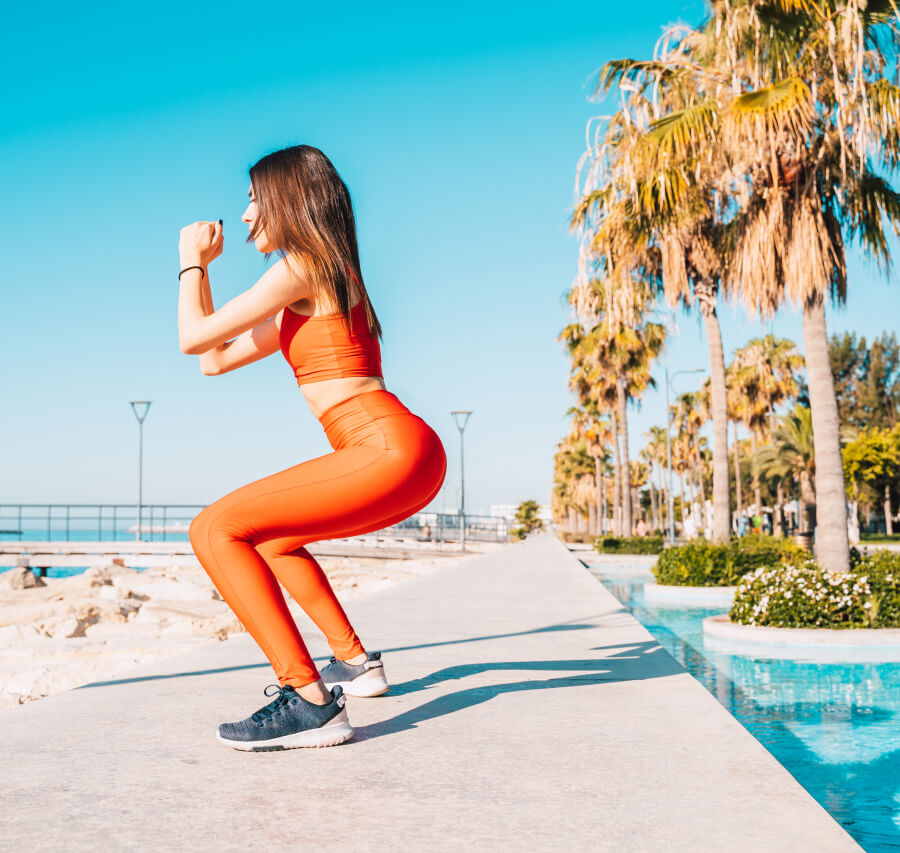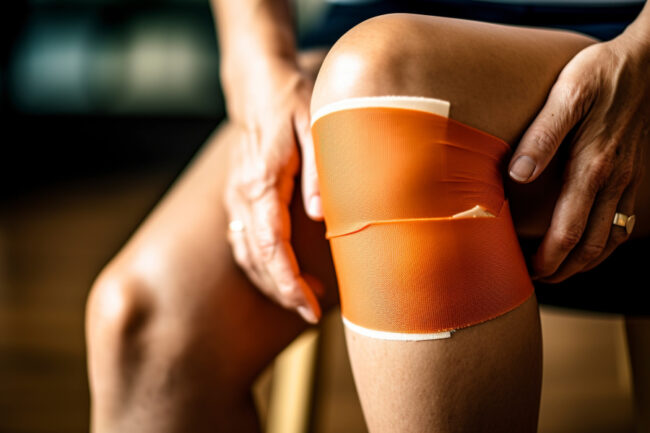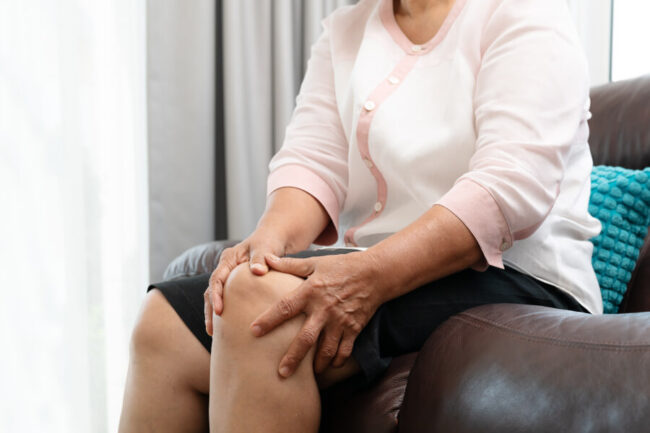The glutes, or the muscles of the buttocks, are often overlooked and underappreciated by many people.
They are seen as merely a body part that affects the shape and appearance of the rear end.
However, the glutes are much more than that.
They are a powerful and complex group of muscles that play a crucial role in many aspects of human movement, health, and performance.
In this blog post, we will explore the anatomy, function, and benefits of the glutes, and how you can train and strengthen them for optimal results.
What are the glutes?
The muscles of the buttocks are composed of three main muscles: the gluteus maximus, the gluteus medius, and the gluteus minimus.
These muscles are located at the back of the pelvis, and form the shape and contour of the buttocks.
They are the largest and strongest muscles in the human body, and they work together to perform various actions, such as:
– Extending the hip (moving the thigh backward)
– Abducting the hip (moving the thigh away from the midline)
– Rotating the hip (turning the thigh inward or outward)
– Stabilizing the pelvis and spine (keeping them aligned and balanced)
They are also involved in many everyday activities, such as walking, running, jumping, climbing, squatting, and lifting.
They are essential for athletic performance, as they provide power, speed, agility, and balance.
They are also important for health and wellness, as they prevent and reduce the risk of injuries, pain, and dysfunction in the lower back, knees, hips, and ankles.
Why are the glutes important?
The muscles of the buttocks are important for many reasons, both aesthetic and functional.
Here are some of the benefits of having strong and healthy glutes:
– Improved posture and alignment: They help maintain the natural curve of the spine and the proper position of the pelvis.
This prevents excessive stress and strain on the joints, discs, ligaments, and nerves of the lower back, and reduces the likelihood of developing chronic pain, stiffness, or degeneration.
– Enhanced performance and efficiency: The muscles of the buttocks provide the force and momentum for many movements, such as sprinting, jumping, kicking, and throwing.
They also help absorb and transfer the impact and load from the ground to the upper body, and vice versa.
This improves the performance and efficiency of the muscles, joints, and nervous system, and allows for greater speed, power, endurance, and coordination.
– Increased metabolism and fat loss: The muscles of the buttocks are metabolically active tissues, meaning they burn calories and fat even at rest.
They also stimulate the production and release of hormones, such as testosterone and growth hormone, that promote muscle growth and fat loss.
By increasing the size and strength of the glutes, you can boost your metabolism and fat loss, and achieve a leaner and more toned physique.
– Enhanced appearance and confidence: The glutes are a prominent and attractive feature of the human body, especially in today’s culture and media.
They can enhance the shape and proportion of the lower body, and create a more balanced and harmonious silhouette.
They can also improve the fit and look of clothing, and increase the confidence and self-esteem of the individual.
How to train and strengthen the glutes?
The muscles of the buttocks are often neglected and undertrained by many people, due to various factors, such as:
– Sedentary lifestyle and habits: Sitting for prolonged periods of time can cause the glutes to become weak, inactive, and tight.
This can impair their function and activation, and lead to a condition known as gluteal amnesia, or the inability to recruit and use the glutes properly.
– Poor exercise selection and technique: Many exercises that are supposed to target the glutes, such as squats, lunges, and leg presses, are often performed incorrectly or inefficiently.
This can result in the glutes being bypassed or overpowered by other muscles, such as the quads, hamstrings, or lower back.
This can limit the development and growth of the glutes, and increase the risk of injury or imbalance.
– Lack of variety and progression: The muscles of the buttocks are adaptable and resilient muscles, meaning they can quickly adjust and respond to the stimulus and stress imposed on them.
This means that they need to be challenged and stimulated with different exercises, intensities, volumes, and frequencies, in order to continue to grow and improve.
Doing the same exercises, with the same weights, reps, and sets, over and over again, can lead to a plateau or regression in the glutes.
To train and strengthen them effectively, you need to follow some basic principles and guidelines, such as:
– Activate and warm up the glutes: Before any workout, you should perform some activation and warm up exercises for the glutes, such as:
Glute bridges, Clamshells, Fire hydrants, or Donkey kicks.
These exercises will help wake up and prepare the glutes for the main exercises, and improve their recruitment and contraction.
– Choose the right exercises, variations and Diet: You should select exercises that target the glutes specifically, and that match your goals, level, and needs.
You should also vary the exercises and their angles, ranges, and planes of motion, to work the glutes from different directions and dimensions.
Some of the best exercises for the glutes are hip thrusts, deadlifts, Bulgarian split squats, step ups, and lateral band walks.
– Use the proper form and technique: You should perform the exercises with the correct form and technique, and focus on the quality and intensity of the movement, rather than the quantity and speed.
You should also use a full range of motion, and squeeze and contract the glutes at the top of each rep.
You should also avoid using momentum, bouncing, or cheating, and keep the core and spine stable and neutral throughout the exercise.
– Apply the appropriate load and volume: You should use a load and volume that is challenging and progressive, but also safe and sustainable.
You should use a weight that allows you to complete the desired number of reps and sets, with good form and technique, and with a moderate to high level of effort and fatigue.
You should also increase the load and volume gradually and periodically, as you get stronger and more proficient with the exercises.
– Recover and rest the glutes: After each workout, you should allow the glutes to recover and rest, and provide them with the necessary nutrients and hydration.
You should also perform some stretching and mobility exercises for the glutes, such as pigeon pose, figure four stretch, or foam rolling.
These exercises will help relieve any tension or soreness in the glutes, and improve their flexibility and range of motion.
Conclusion
The muscles of the buttocks are a glorious and important group of muscles that deserve more attention and appreciation.
They are not only responsible for the shape and appearance of the buttocks, but also for many aspects of human movement, health, and performance.
By training and strengthening the glutes, you can improve your posture and alignment, enhance your performance and efficiency, increase your metabolism and fat loss, and enhance your appearance and confidence.
In this blog post, we have explained the anatomy, function, and benefits of the glutes, and how you can train and strengthen them for optimal results.
We hope you have learned something new and useful, and that you will apply this knowledge to your own training and lifestyle.
FAQs
What muscles make up the buttocks, and why are they important?
The buttocks are primarily composed of three major muscles: the gluteus maximus, gluteus medius, and gluteus minimus.
These muscles play a crucial role in hip movement, stability, and overall lower body strength.
How does strengthening the glutes contribute to overall fitness and well-being?
Strengthening the glutes not only enhances the aesthetic appeal of the buttocks but also plays a key role in improving posture, preventing lower back pain, and increasing athletic performance.
Strong glutes contribute to better stability and functionality in various physical activities.
What exercises effectively target and activate the glute muscles?
There are several exercises that target the glutes, including squats, lunges, deadlifts, and hip thrusts.
Incorporating these exercises into your workout routine can help activate and strengthen the glute muscles for optimal development.
Can weak glutes lead to any health issues or physical discomfort?
Weak glutes can contribute to a range of issues, including poor posture, lower back pain, and compromised stability.
Additionally, it may impact the kinetic chain, leading to problems in the knees and hips.
Strengthening them is crucial for maintaining overall musculoskeletal health.
How can individuals with sedentary lifestyles or desk jobs prevent glute weakness?
Individuals with sedentary lifestyles can combat their weakness by incorporating simple exercises into their routine, such as: standing up and stretching regularly, taking short walks, and doing targeted glute exercises.
These practices can help counteract the effects of prolonged sitting.
Are there specific benefits for athletes or those involved in sports activities in having strong glutes?
These strong muscles provide athletes with improved power, agility, and stability.
They play a pivotal role in various sports activities, including running, jumping, and change of direction.
Developing it is essential for optimizing athletic performance and reducing the risk of injuries.





